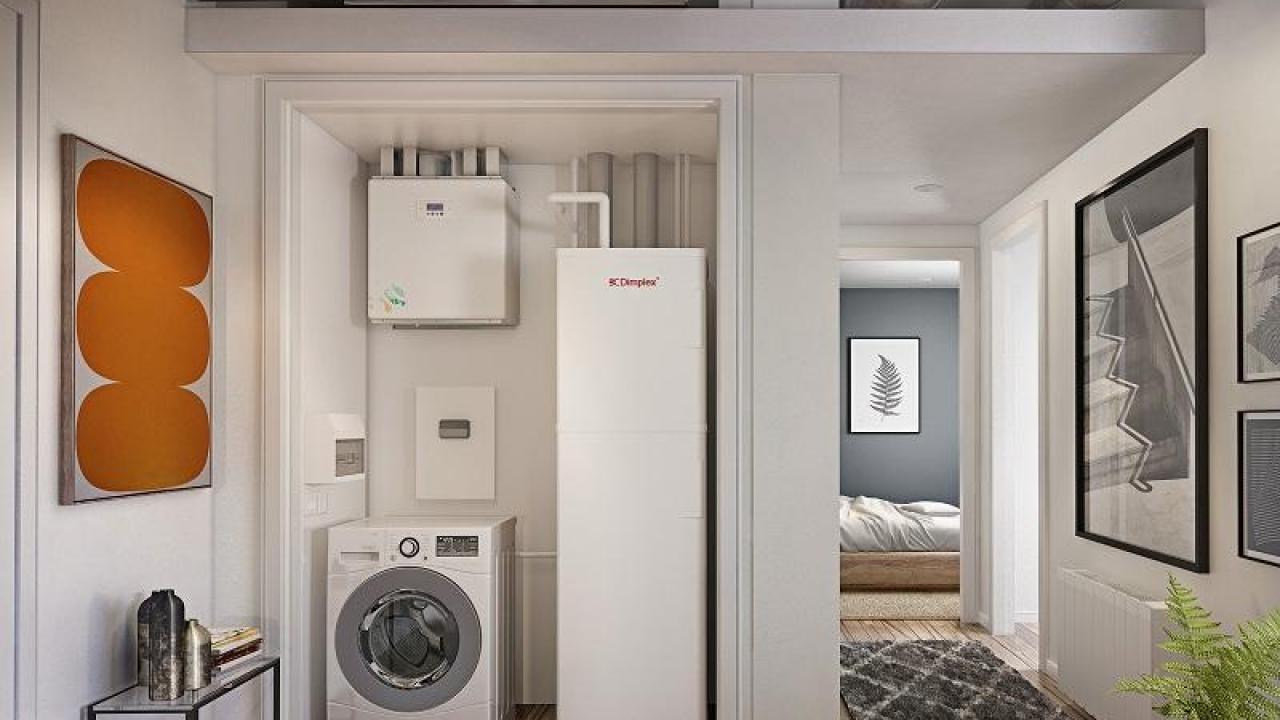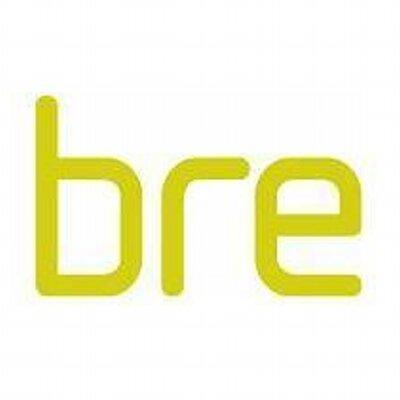

First look at new SAP 10 methodology
BRE has published the updated SAP 10 methodology, giving a first glimpse into the changes set to be included in the next update of SAP (Standard Assessment Procedure), the Government's recommended system for measuring the energy rating of new residential dwellings.
The industry is now busy reviewing the methodology to understand the changes and establish what it means for the specification of key services such as heating, ventilation and air conditioning (HVAC).
Heat pumps are amongst the products set to benefit from the update, with an increased benefit in specifying electric heating solutions too, says Glen Dimplex Heating & Ventilation, which includes the Dimplex (heating), Xpelair (air) and Redring (water) brands, as well as the new Zeroth Energy System.
Architects can also expect to see a reduction in the impact of Solar PV and Gas Combined Heat & Power systems, whilst changes in the “distribution loss factor” will require designers to rethink heat networks.
Mark Deeney from Glen Dimplex Heating and Ventilation, said: “Using the draft document and our initial evaluation on the SAP 10 methodology, we have pulled through what we understand the key changes affecting HVAC specification to be. We are aware of the governments zero carbon targets and this is really visible in the technologies which will seem to perform well under the new and updated SAP 10.
“Heat pumps are a key part of the government’s plan to achieving these targets and their highly efficient, low carbon benefits have put them in a highly specifiable position under the new methodology, with significant reductions to the carbon emission factor of electricity and increased options for flow temperature selection.
“The move towards low carbon technologies will see a natural decline in more carbon intensive energy sources, like gas, and an increase of heat pump specifications.
“With a variety of heat pumps available to the market, there will be a product to meet every requirement and now is the time to begin adopting this technology, which is already in popular use across large parts of Europe.”
Elsewhere, the new electricity carbon factor of 0.233, a reduction of 45% compared to the SAP 2012 figure, sees an increased benefit in specifying electric heating solutions.
Mark Deeney adds: “Combined with a revised Primary Energy Factor for electricity of 1.738, this marks a substantial shift in the technologies which will be most attractive for new buildings, once brought into play.
“Alongside heat pump systems, electric heating will also benefit, offering a less expensive HVAC solution. In SAP 2012, electric panel heaters combined with a hot water heat pump was an already attractive solution in gaining compliance. This will only increase under the new methodology.”

The new carbon figure and primary energy factor for electricity will see a reduction in the impact of technologies like Solar PV or Gas CHP systems, which are specified for their ability to reduce the carbon associated with electricity.
Deeney continues: “Modern requirements have led to an increase in the demand of community heating networks. Traditional community heating technologies will not favour as well under the new SAP 10 methodology, due to changes in the 'distribution loss factor'.
“In SAP 2012 designers were able to use 1.05 as a default, but now this changes to 1.5. This factor increases the heating and hot water energy consumption of the dwelling by 42% to account for heat lost into corridors from the communal piping network.
“The new SAP 10 will therefore require designers to think differently, so we will begin to see the benefits of low temperature networks using alternate fuels, such as the Zeroth Energy System using heat pumps as the central plant.”
The SAP 10 update will now be available for those in the industry to provide comment on and is not likely to become legally enforceable in the imminent future. It will also not be complete until the Building Regulations have been updated later this year.
Deeney concludes: “The methodology gives us a feel of where the Government is trying to steer HVAC specification and we have now set our Specifications team to decipher these new changes and what they mean for the industry in more detail.”

